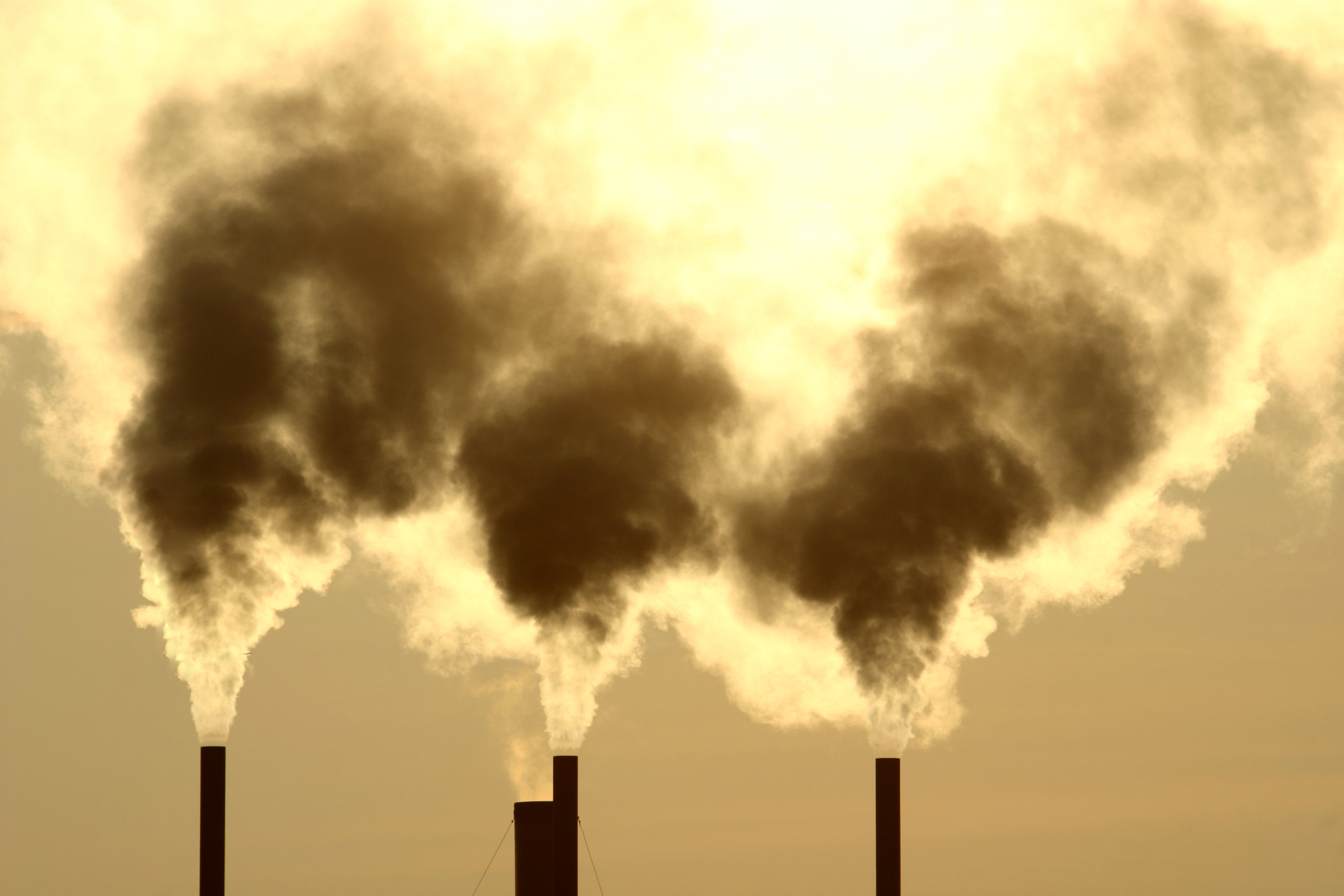Normally thought of as a layer of protection against UV light in the upper atmosphere, ozone found at ground level can in fact be detrimental to our health.
There has been an increase in morbidity rates associated with ozone concentration and respiratory problems, which has sparked interest in the scientific community. Dr Katherine Thompson and a team from Birkbeck College, London are using neutrons to look at how ozone attacks lipid molecules in lung surfactant – the first of the body’s defences against ozone.
“Neutrons are perfect for looking at the interaction of gas-phase ozone with lung surfactant as they allow the visualisation of interfaces at the molecular level” commented Dr Thompson.
“Lungs are coated in a layer of material called lung surfactant. The way neutrons are reflected from the interface between lung surfactant and air can tell us about the structure of the surfactant at the interface.”
The majority of ozone is formed in the upper atmosphere as UV light from the sun splits oxygen molecules to form free oxygen radicals, which bind to O2 molecules to form O3. However, it can also form at ground level as a by-product of burning fossil fuels and has proved to be harmful to our lungs when inhaled, intensifying symptoms of asthma, bronchitis and cystic fibrosis through a process called ozone poisoning. The mechanism by which ozone attacks lung surfactant remains unclear.

Ozone formed from burning fossil fuels can exacerbate asthma symptoms, particularly in cities during the summer, as the ozone attacks lung surfactant.
View full-size image
One theory for the mechanism of ozone poisoning is that it attacks the layers on the surface of the lung, in particular the lipid molecules. A layer of lipid molecules and proteins sit on top of a layer of water – collectively known as lung surfactant. The presence of the lipid molecules in lung surfactant is structurally important because they prevent the wet surfaces of the lung from collapsing. Surfactant aids the exchange of oxygen and carbon dioxide by reducing surface tension in the lipid layer, causing the fluids to spread out and create a greater surface area for gas exchange.
To look at how the ozone specifically attacks the surfactant molecules, Dr Thompson and her team spent a few days on the ISIS instrument, INTER, to study the process through neutron reflection. Using a UV light source to generate ozone and natural lung surfactant from a pig’s lung the team examined how fast the reaction occurred and whether it led to any structural changes to the crucial interfacial material.
Results from these studies could present better understanding of how to aid individuals who have problems with their lung surfactant, such as premature babies who suffer from a lack of adequate surfactant and are given synthetic mixes which are not as beneficial as natural surfactant, or give insight into the production of new inhalers for asthma and cystic fibrosis sufferers.
Dr Thompson wishes to return to ISIS in the future to study how other pollutants interact with lung surfactant, such as ultra-fine nanosized particles which get trapped in the alveoli in the lungs but it is unknown how they're positioned or how deep they get.
Emily Mobley
Dr Katherine Thompson et al.
Research date: May 2013
Further Information
Their previous work has been published in the journal Langmuir.
